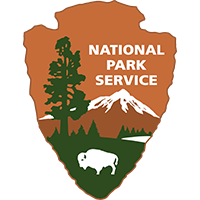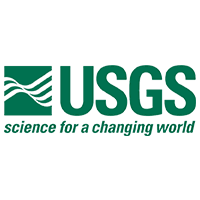Estimating Tumbesian Dry Tropical Forest Diversity from Multidate Sentinel-1 and -2 Satellite Data
Tumbesian dry forest in southern Ecuador and northern Peru faces a number of threats from factors such as climate change, wildfire, and intensive livestock grazing that can result in degraded conditions. Large-area monitoring is needed to support national and international watershed projects seeking to preserve the forest and thereby maintain a fresh water supply, plant and animal diversity, and other resource values.







